Pushkar Camel Fair
A desert festival of colour and culture

In late November every year, the Pushkar Camel Fair transforms the quiet desert town of Pushkar, Rajasthan, into a vibrant spectacle of colour, sounds, and traditional Indian culture. This extraordinary cultural festival draws thousands to witness one of the world’s largest camel trading events.
The air fills with the distinct aroma of spices while the symphony of camel bells and animated bargaining creates an unforgettable atmosphere. As dawn breaks over the desert landscape, the fairgrounds slowly come alive with the steady stream of traders and their animals arriving from distant villages.
History and cultural significance
The Pushkar Camel Fair began as a traditional livestock trading event centuries ago, when desert tribes and local farmers would gather to trade camels, horses, and cattle. Today, this desert festival has evolved into a significant cultural celebration that showcases the rich heritage of Rajasthan while maintaining its original purpose as a bustling livestock market. The fair’s growth over generations reflects the enduring spirit of Rajasthan’s trading communities and their dedication to preserving age-old traditions.
The grand spectacle of camel trading
The heart of the Pushkar Camel Fair lies in its camel trading activities. Hundreds of elaborately decorated camels parade through the fairgrounds, their ornate saddles and colourful tassels swaying with each step. The skilled handlers demonstrate their expertise through unique camel performances, where these magnificent creatures dance and perform tricks that leave onlookers spellbound.
The trading arena buzzes with activity as handlers showcase their prized animals. The air resonates with passionate negotiations and the occasional grunt of camels. Each transaction follows age-old traditions, with handlers and buyers engaging in lengthy discussions about the merits of each animal. The experienced traders can be seen examining the camels’ teeth, checking their gaits, and assessing their overall health with practiced eyes.
In the early morning hours, handlers brush and groom their camels, preparing them for another day of showcasing. The animals stand patiently as their coats are cleaned and decorated with intricate patterns using natural dyes. This careful preparation ritual demonstrates the deep bond between the handlers and their cherished animals.
Folk performances and entertainment
Beyond the camel trading, the fair pulses with cultural entertainment. Traditional folk dancers move gracefully to the rhythm of local instruments, their vibrant costumes adding splashes of colour to the desert landscape. Musicians play ancient melodies that have been passed down through generations, creating an authentic soundtrack to this cultural festival. A highlight though, and something not to be missed, are the displays of camels up on their hind legs dancing, almost as if they are trying to imitate the Spanish Dancing Horses.
All the while, regardless of the entertainment, the beating of drums and the haunting sounds of the pungi (snake charmer’s flute) fill the air with mystical energy.
The marketplace atmosphere
Market Street transforms into a massive marketplace where traders display their wares. The crowded streets and narrow pathways between stalls overflow with handcrafted jewellery, traditional textiles, and local artifacts. The constant chorus of vendors calling out to potential customers creates an authentic bazaar experience.
Aromatic food stalls serve traditional Rajasthani delicacies, adding to the sensory experience. The scent of freshly cooked local specialties wafts through the air, tempting people to sample the regional cuisine. Each region of Rajasthan contributes its unique flavours to this culinary spectacle, from spicy dal baati to sweet malpuas.
As dusk approaches, the marketplace takes on a magical quality as countless oil lamps and electric lights illuminate the stalls. The golden glow transforms the fairground into an enchanted realm where the day’s trading continues well into the evening hours.
Religious significance and rituals
The sacred town of Pushkar holds deep religious significance in Hindu culture. During the fair, pilgrims gather at the holy Pushkar Lake to perform ritual baths and prayers. The spiritual atmosphere blends seamlessly with the festive mood, creating a unique combination of sacred traditions and celebratory spirit.
The morning air fills with the sound of temple bells and religious chants as devotees make their way to the ghats. The steps leading down to the holy lake become a gathering place for saddhus (holy men) who add their own distinct character to the fair’s diverse tapestry of participants.
Summary
The Pushkar Camel Fair is far more than a remarkable celebration of Rajasthan’s cultural heritage.
The senses come alive with the constant jangling of camel bells, the rhythmic stomping of hooves, and the melodious chaos of traders’ calls echoing through the desert air. Wandering through the back blocks reveals intimate scenes of horse trainers lovingly preparing their steeds, while proud camel owners adorn their animals with vibrant decorations and jingling ornaments.
Every corner presents a new photographic opportunity – from the majesty of dancing camels to the quiet moments of traders sharing chai between negotiations. The gentle afternoon light bathes the fairgrounds in a golden glow, transforming even the most ordinary scenes into extraordinary visual stories. The fair continues to weave its magic through its unique blend of commerce, culture, and spirituality, creating an atmosphere where every moment feels worthy of capturing through a camera lens.
Whether it’s the flash of a woman’s brilliantly coloured sari disappearing into a crowd, or the patient pose of a decorated camel waiting for its moment to shine, the Pushkar Camel Fair remains an extraordinary display of Indian traditions where every scene tells its own story.
One day is not enough, at a minimum, try to make time for two full days. There is so much to see and absorb!
- Dressed to impress
- A dancing camel doing its thing
- How good do I look?
- That newspaper ca’t be clean
- The authentic ‘locals’ stall
- Out the back in the traders camp
- This is thirsty work
- Party time
- Safety gates on ferris wheel cages are highly over-rated

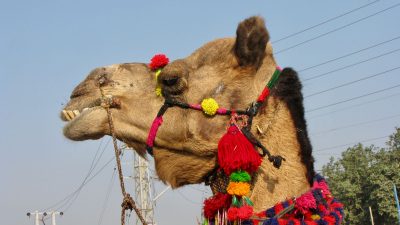
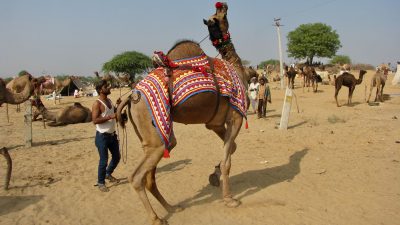
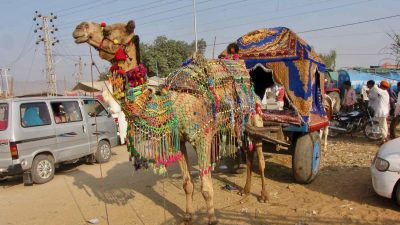
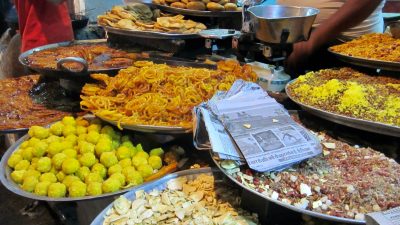
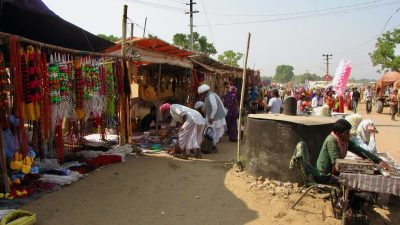
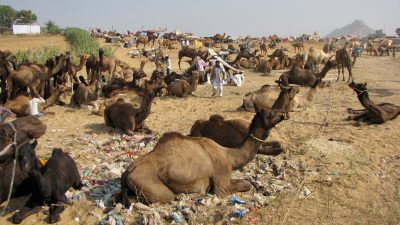
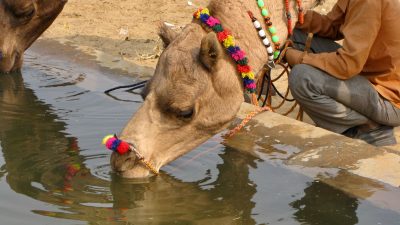
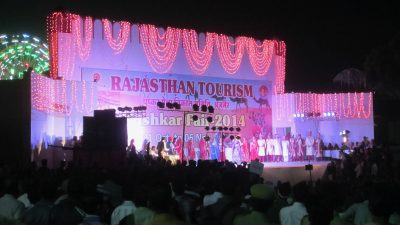
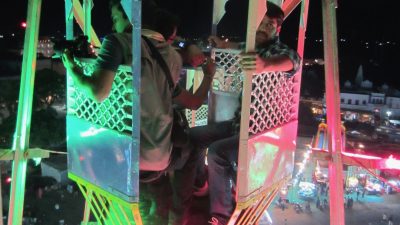
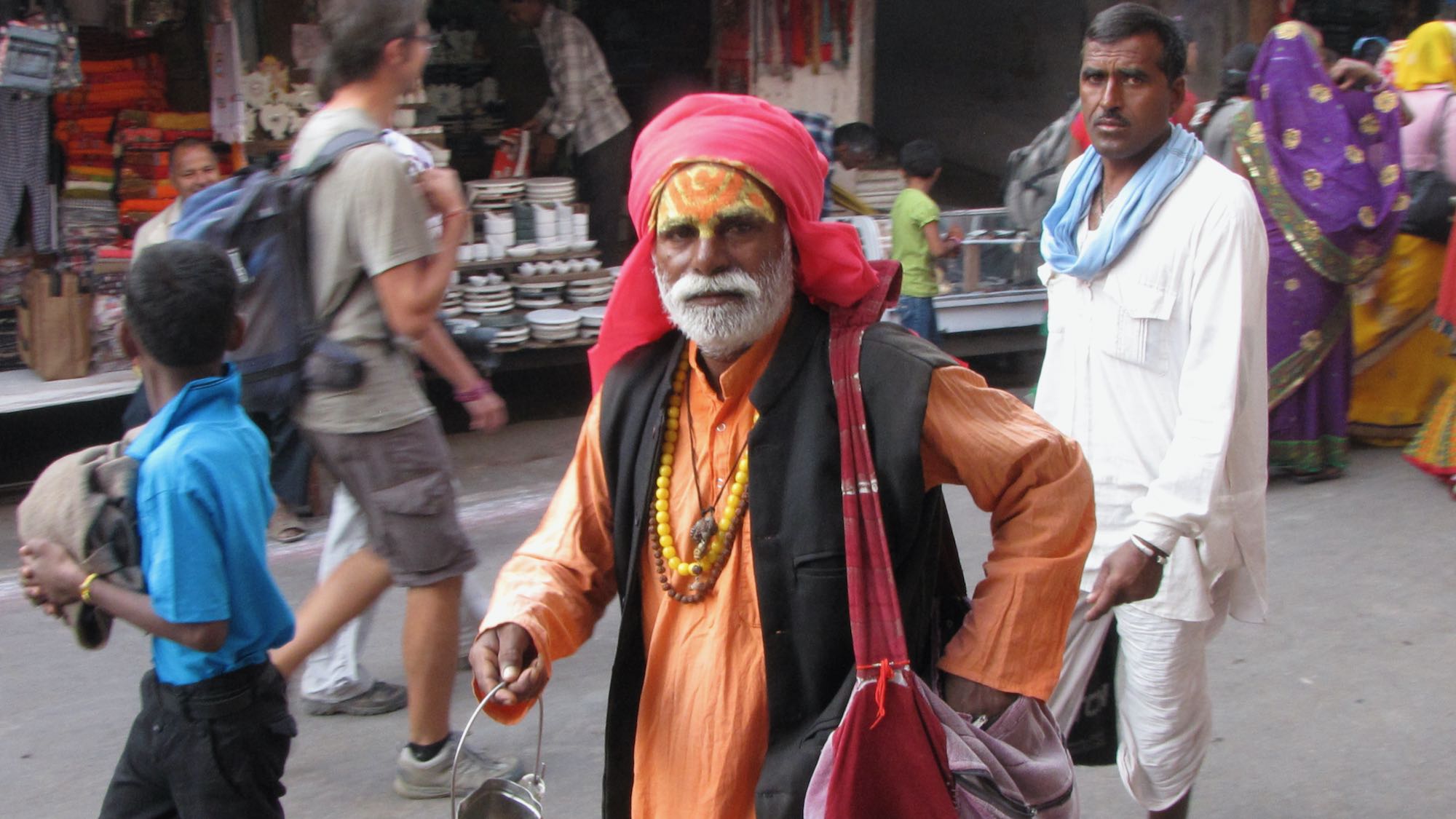

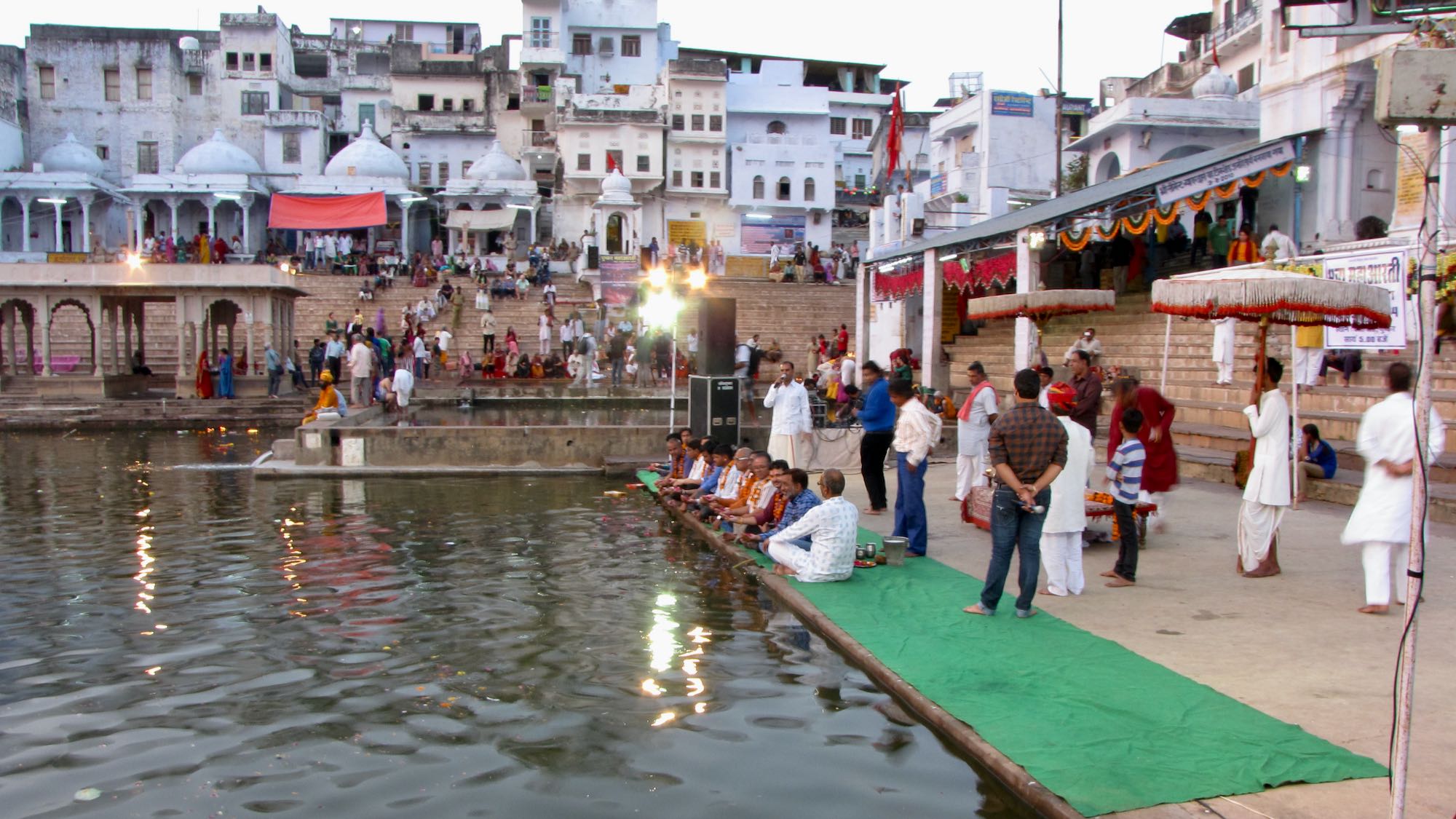
Great write up.
I have wanted to see the fair for some time so maybe I need to commit.
Is there any benefit of staying in a hotel vs. a tented camp? I have five nights in Pushkar for the Camel fair.
If you are coming in pushkar fair 3 days is best otherwise 1 night 2 days is enough to explore pushkar
I was there for three days and two nights and yes, this is enough time.